Direct Reprogramming of Human Fibroblasts into Retinal Progenitor Cells by Small Molecules to Treat Photoreceptor Degeneration Induced Blindness
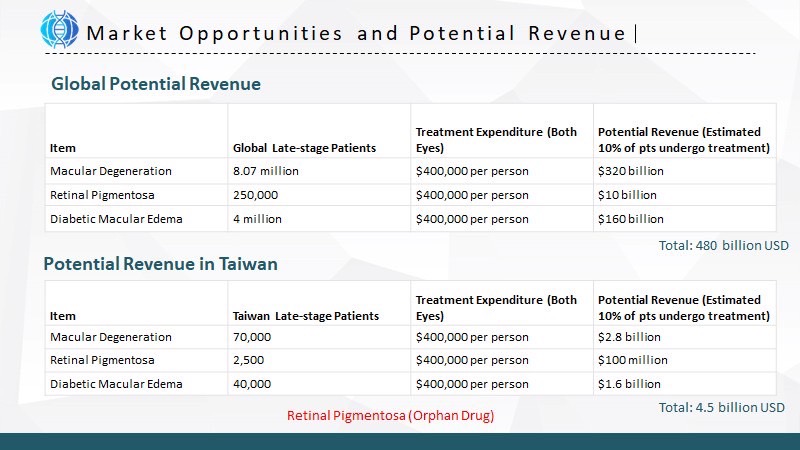
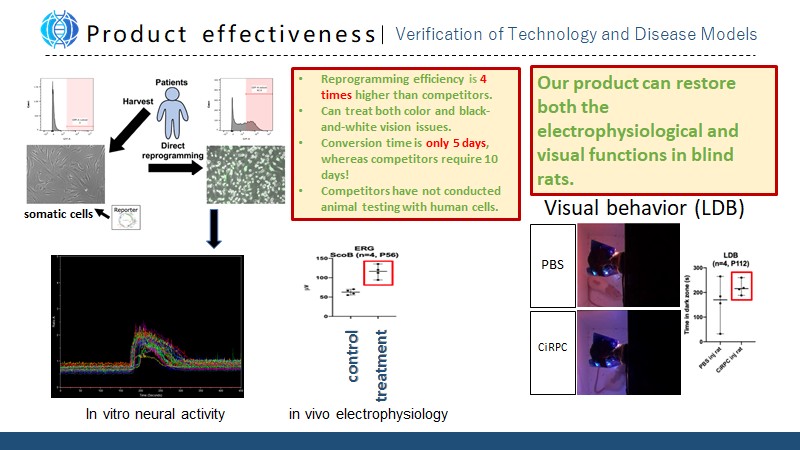
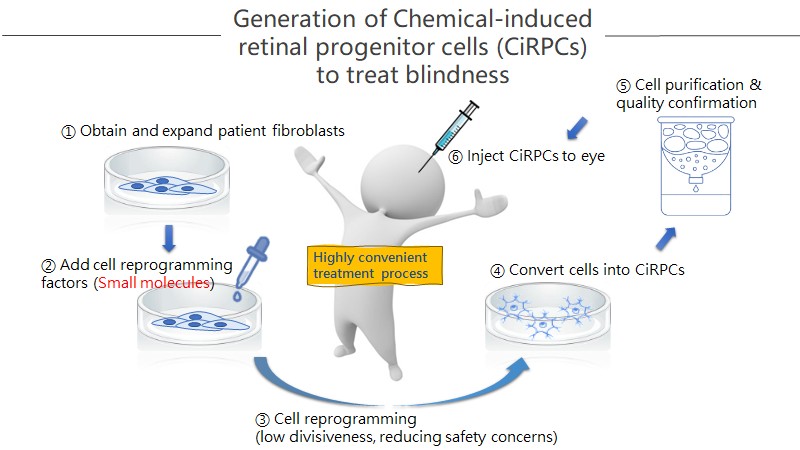



This technology's theoretical foundation lies in using small molecules to reprogram human fibroblast cells into retinal progenitor cells (CiRPC), making it the world's first chemically reprogrammed human retinal progenitor cell for clinical use. It regulates gene expression via specific signaling pathways to induce trans-differentiation, based on stem cell biology principles. This method avoids genetic modification and viral vectors, reducing potential safety risks.
Our technology boasts the following key features and innovations:
1. Low mitotic retinal progenitor cells with no risk of teratoma formation or tumorigenicity: By utilizing these progenitor cells, we reduce the risk of adverse reactions such as teratoma or cancer formation during treatment, thereby enhancing the safety and reliability of therapy.
2. Precise cell reprogramming technology: We possess precise cell reprogramming technology capable of converting human fibroblast cells into retinal progenitor-like cells, addressing patients' photoreceptor degeneration issues, and enhancing their visual recovery.
3. High efficiency and low-cost reprogramming process: Our technology achieves a conversion efficiency of up to 42.8%, with a reprogramming time of just 5 days, and utilizes small molecules as reprogramming factors, reducing the cost of cell processes and potentially alleviating the economic burden on patients.
4. No genetic modification or viral intervention: Our cell reprogramming process does not require genetic modification and avoids viral intervention, thereby enhancing the safety and reliability of treatment.
5. Unique color visual recovery experience: The technology can differentiate into black-and-white sensitive rod cells and cone cells capable of receiving color visual signals. Through subretinal injection, induced retinal progenitor cells will provide patients with a more diverse vision recovery experience.
Founded in 1928, Academia Sinica has earned a reputation for being Taiwan’s national academic institution. Our statutory mission is to pursue research excellence, nurture academic talent, and issue policy advisories. Academia Sinica currently has 24 institutes and 9 research centers located in three research sections: the Mathematics and Physical Sciences Division, Life Sciences Division, and Division of Humanities and Social Sciences. There are currently over 8,000 research fellows, research technicians, assistants, and administrative staff, making it a rare research institution internationally that achieves a balanced development in both natural sciences and humanities and social sciences.
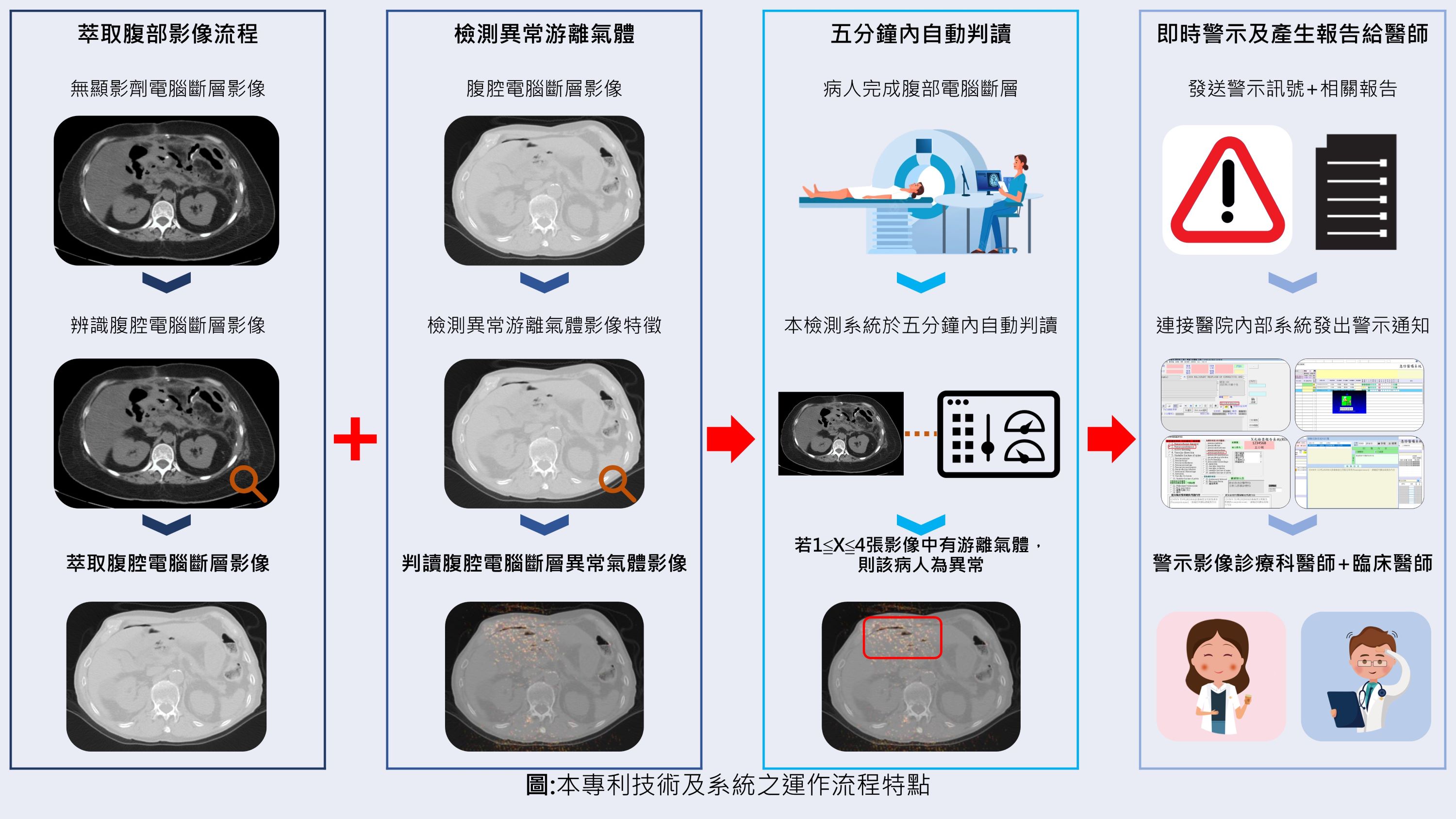
A deep learning-powered novel artificial intelligence algorithm and syste m to assist in the identification of pneumoperitoneum on abdominal com puted tomography
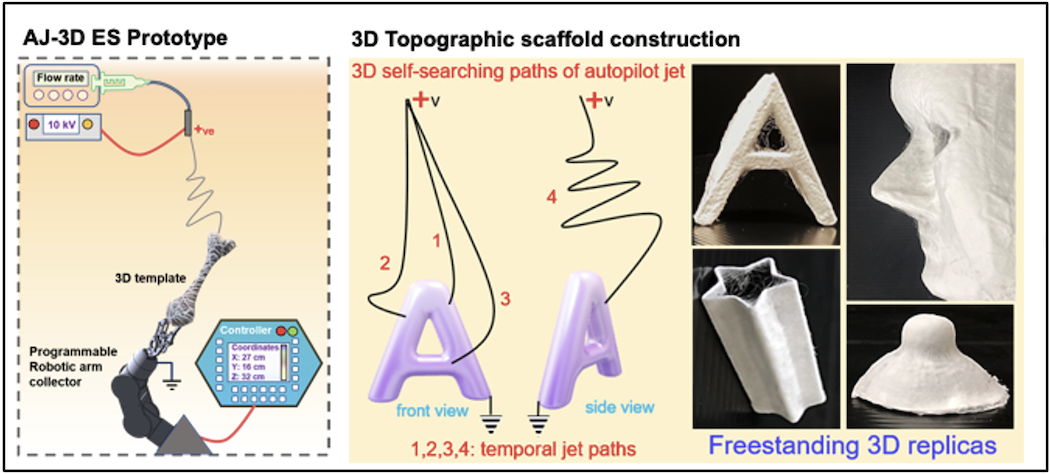
Novel Autopilot Jet-Based Electrospinning for Fabricating Functional 3D Scaffolds for Tissue Engineering and Regenerative Medicine Applications
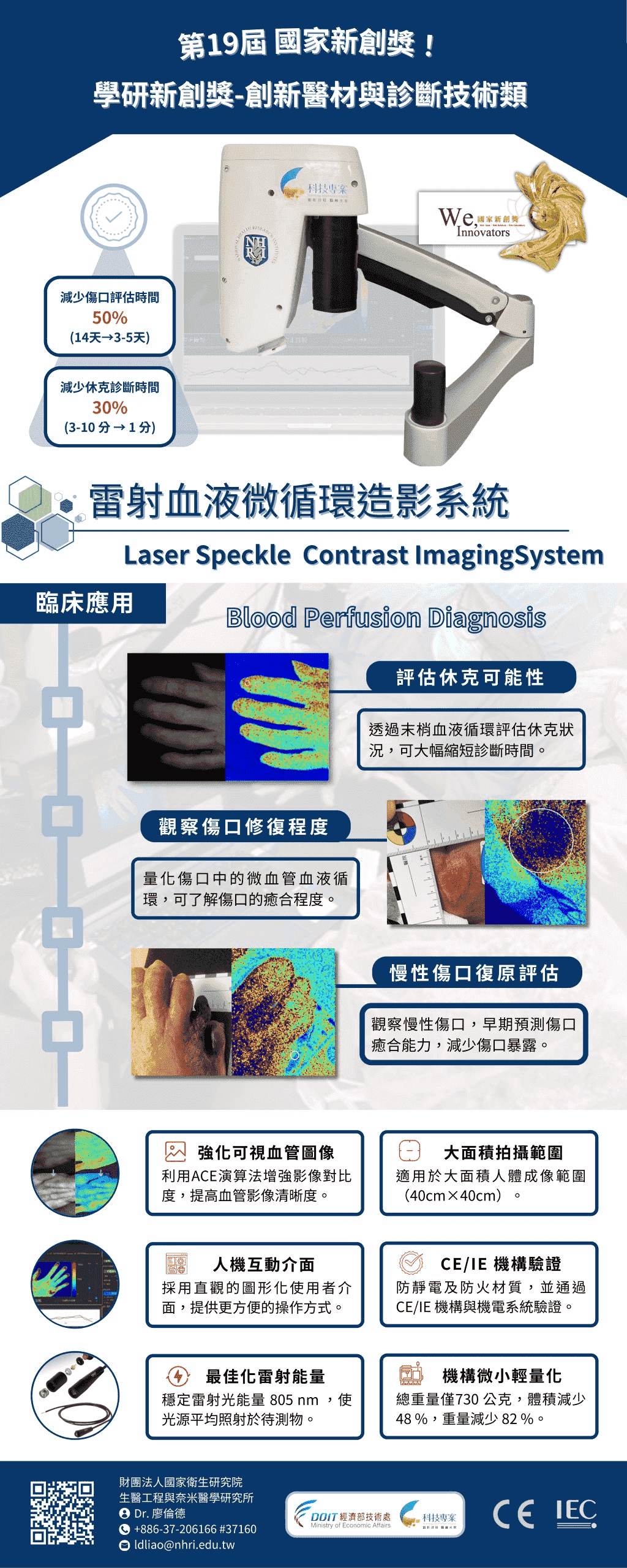
Advanced Imaging and Detection Technology for Large-Scale Blood Circulation: Blood Circulation Imaging System
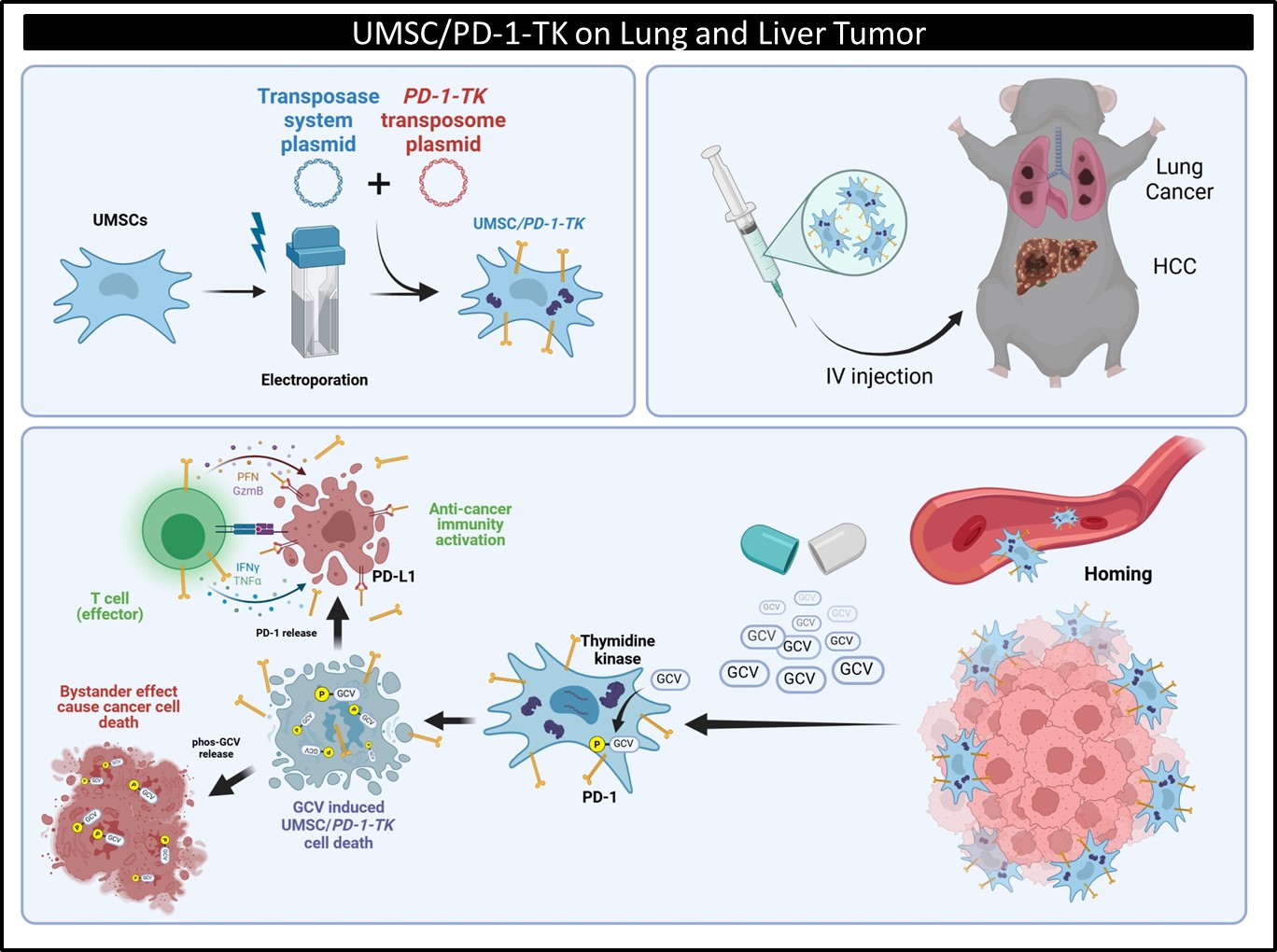
Development of a Mesenchymal Stem Cell Platform for Multi-Gene Precision Delivery: A Novel Strategy for Cross-Cancer Precision Immunotherapy
Technology maturity:Prototype
Exhibiting purpose:Display of scientific results
Trading preferences:Negotiate by self
*Organization
*Name
*Phone
*Main Purpose
*Discuss Further
*Job Category
*Overall Rating
*Favorite Area
*Key Tech Focus
*Willing to Receive Updates?
Other Suggestions
Coming soon!